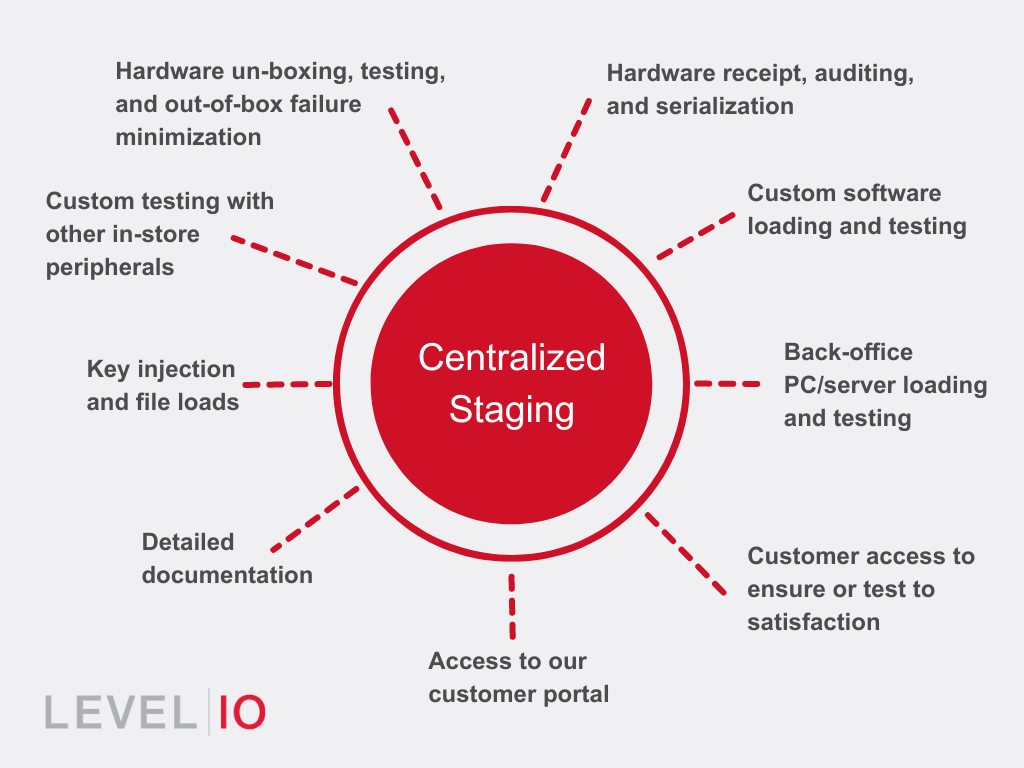
The worldwide expenditure on IT within the retail sector is predicted to experience a 6.6% increase in 2023, amounting to $193.4 billion in constant U.S. dollars, according to Gartner’s projections. This figure surpasses 2022 spending of $181.5 billion. Looking ahead, by the year 2026, the estimated IT spending in the retail industry is expected to reach approximately $240.7 billion.

